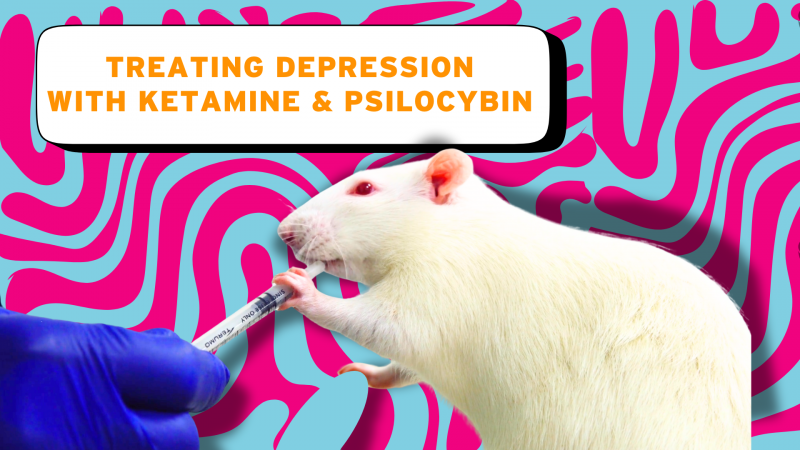13/07/15
During hibernation bears can prevent their bones from degrading by suppressing the natural release of calcium from the skeleton into the bloodstream. The same period of inactivity in humans, such as might be experienced during long spaceflight, would lead to severely weakened bone structure. Researchers at Georgia Regents University in Augusta have identified two enzymes that are responsible for keeping bears' bones in good condition during hibernation.
“This could be the basis for a new therapy for astronauts, or people with a bone-related chronic illness,” said Meghan McGee-Lawrence, assistant professor in cellular biology and anatomy and an author of the study. “We know that hibernation is controlled by the brain. Our next step is to understand how these proteins and enzymes get turned down by a bear’s brain to reduce bone loss.”
Profoundly deaf mice have had their hearing improved by a gene therapy treatment using a genetically modified virus. The treatment alters the hairs in the inner ear, correcting mutations that prevent these hairs from responding to sound. The researchers hope that this finding could lead to a treatment for some forms of deafness within the next decade.
Dr Jeffrey Holt, one of the researchers from Boston Children's Hospital, told the BBC News website: "We're very excited about it, but we're also cautiously optimistic as we don't want to give false hope. It would be premature to say we've found a cure. But in the not-too-distant future it could become a treatment for genetic deafness so it is an important finding.
http://www.bbc.co.uk/news/health-33442820
15/07/15
Studies suggest that the hands of chimpanzees have evolved more than the hands of humans in the last few million years. Whereas the human hand has remained fairly similar in proportions over thousands of generations, the chimpanzee has seen a steady increase in the finger length, which helps it clutch at branches.
"Human ancestors that were studied included Ardipithecus ramidus and Australopithecus sediba, which lived around 5.6 million and 2 million years ago, respectively. But despite the huge age gap, their hands were not found to be all that different in terms of thumb and finger size. Chimps, conversely, have seen their fingers elongate in that time in order to help them cope with hanging from branches."
http://www.iflscience.com/plants-and-animals/human-hands-could-be-more-primitive-chimps
Researchers at the University of Texas have developed an aerosolised Ebola vaccine which has been shown to protect rhesus monkeys from the disease. The advantage of an inhaled vaccine is that it can be given by someone who is not a trained medical expert. Of 12 primates given the disease, all ten vaccinated primates (some with the aerosol vaccine, some with liquid vaccine) survived. Such research could be important not only for humans, but for wild gorilla populations in Africa, which have been decimated by the disease.
Alex Bukreyev, senior author of the research, said:
“This study demonstrates successful aerosol vaccination against a viral hemorrhagic fever for the first time. A single-dose aerosol vaccine would enable both prevention and containment of Ebola infections, in a natural outbreak setting where healthcare infrastructure is lacking.”
16/07/15
Crowdfunding is going to help sequence the black rhino genome before it is too late. Just over 100 years ago, there were more than 1 million black rhinos in Africa. Today a mere 5,055 animals remain on the planet due to habitat loss and poaching. Crowdfunding has helped researchers start a project that aims to sequence the genome of the endangered animal and use the information within it to help keep the species alive. The role of the public in funding scientific project is gradually growing.
17/07/15
‘speed cells’ in brain track how fast animals run. The brain has its own system for tracking where we go and scientists have now discovered an extra component of this navigational system in rats – a group of neurons that alter their firing according to the pace at which the rodents run. This may explain how the brain maintains a constantly updated map of our surroundings.
http://news.sciencemag.org/brain-behavior/2015/07/speed-cells-brain-track-how-fast-animals-run
Last edited: 9 March 2022 12:25



